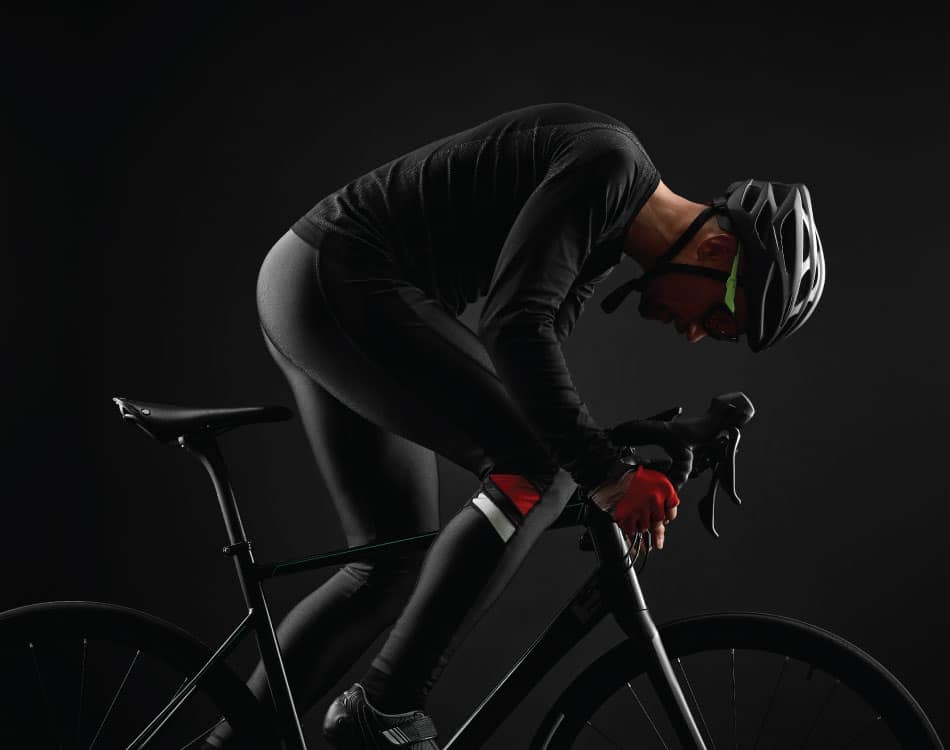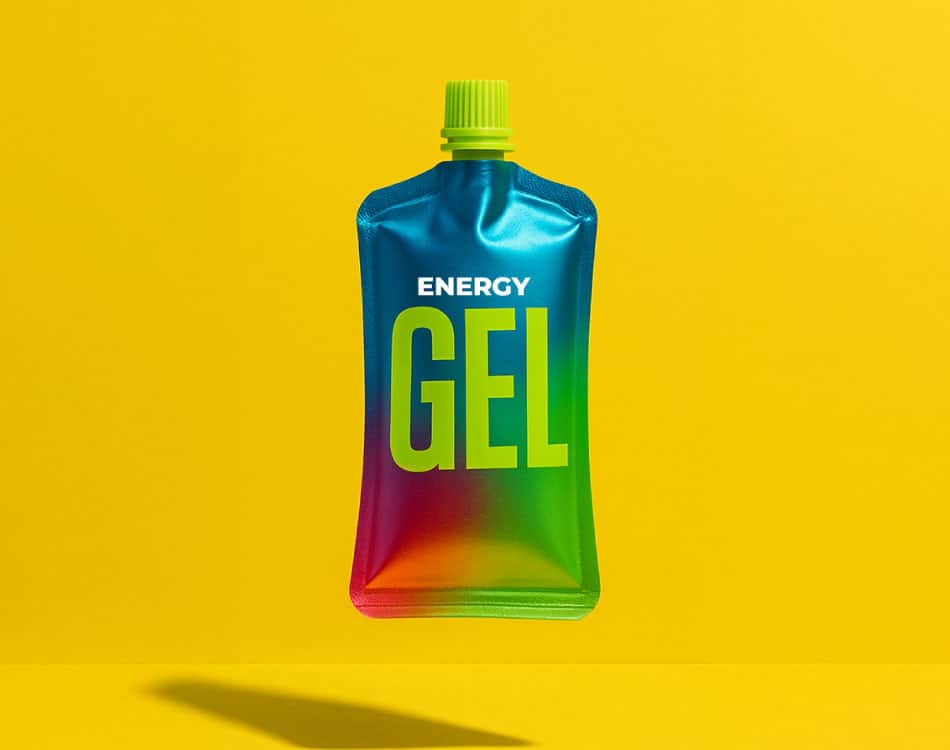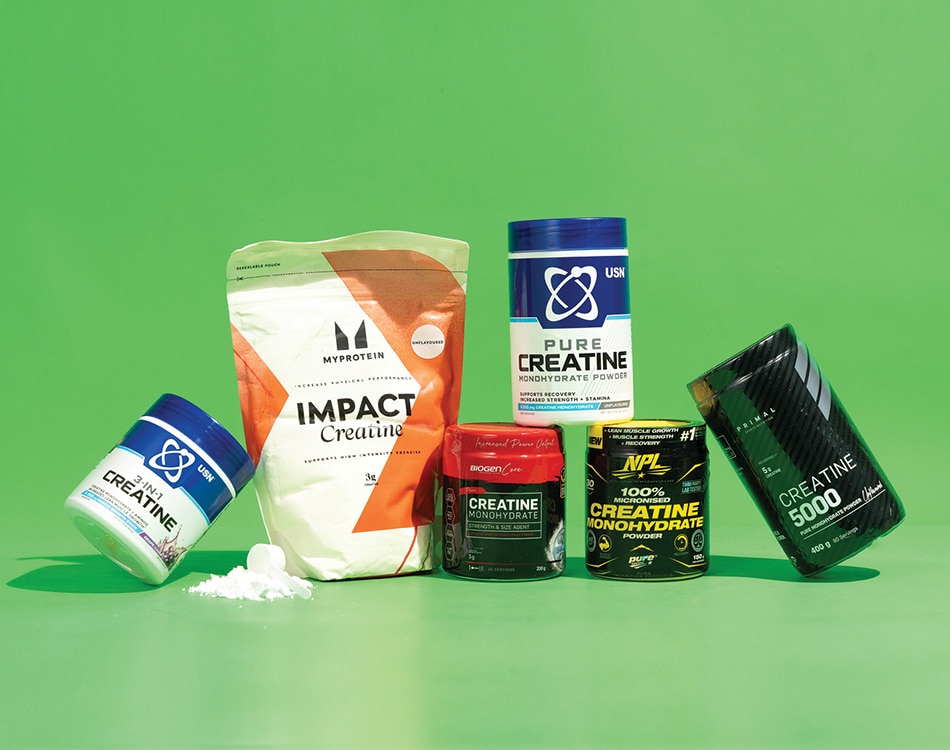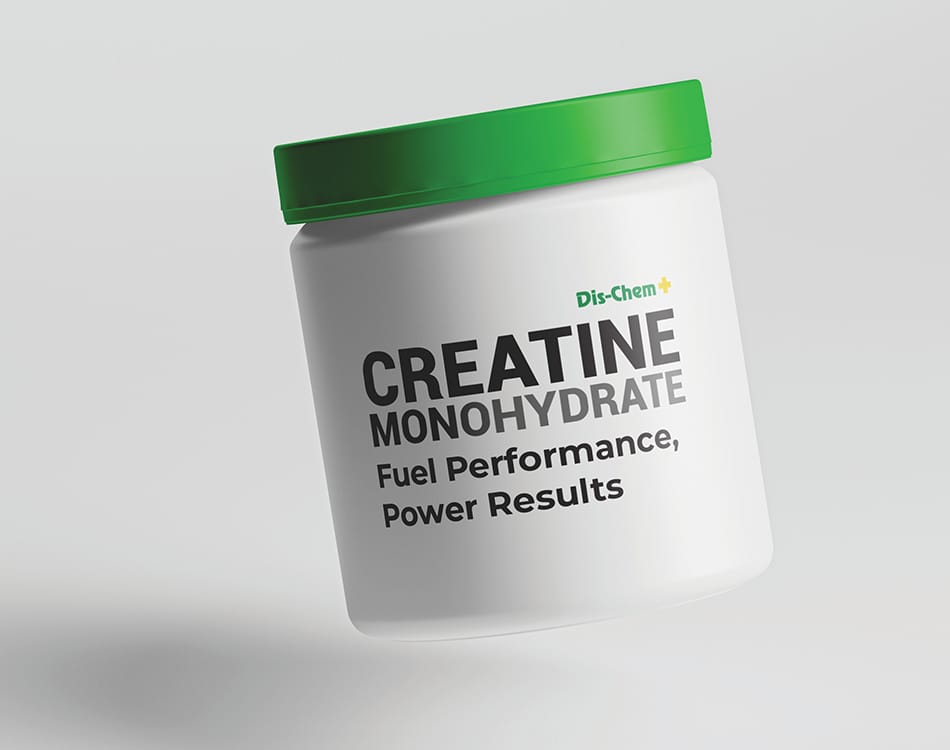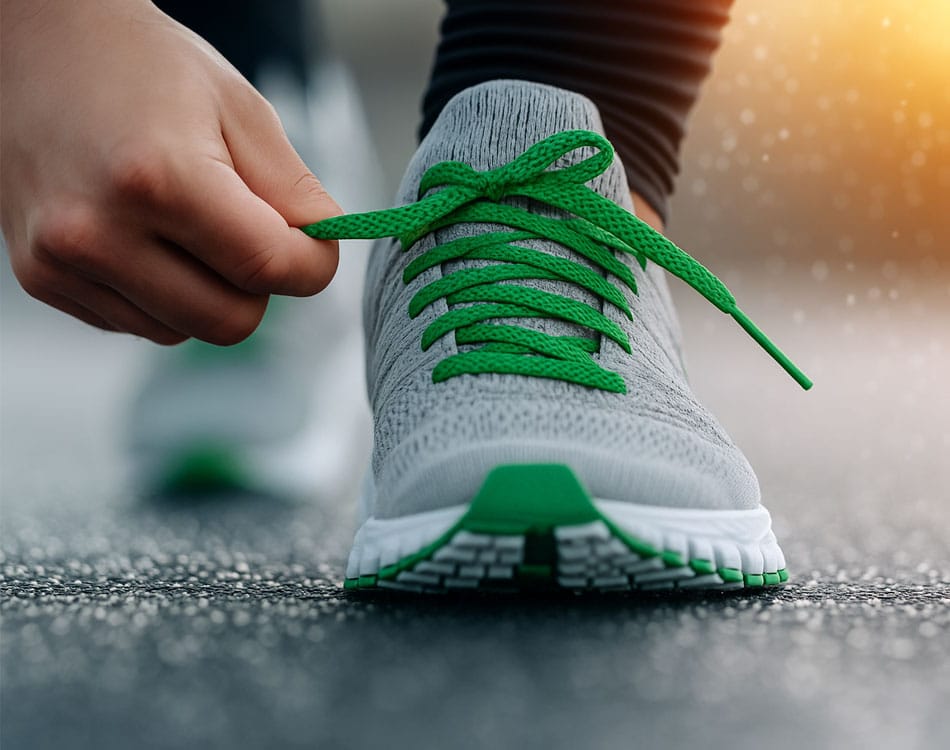We’re all guilty of it – we hit a hard training session, quench our thirst with some cold water or energy drink, then leave the bottle in our kit bag, car or bottle cage until the next session.
You might think that there’s nothing wrong with this and that washing it over the weekend is fine, but think again.
Bacterial breeding ground
Without regular washing, which should be after every use, mould can build up in bottles and they can become a breeding ground for bacteria.
Signs that your bottle needs some TLC include:
- An unpleasant odour.
- A strange taste to liquids.
Clear the contamination
Even if you have washed your bottle, drying and storing it incorrectly can lead to contamination.
There are two strategies to take to combat this, namely cleaning and sterilisation.
The best way to clean a water bottle is:
- Rinse it out with hot water and dishwashing soap after every use.
- Let it air dry. If you don’t have a drying rack to place it upside down, let it air dry standing up.
- Sterilise your bottles at least once a month to disinfect it and remove any stubborn mould or bacterial colonies that may have escaped your diligent washing efforts. Baby bottle sterilising products and purpose-made products are often best.
- Thoroughly clean the bottle again once it has been sterilised to remove all of the sterilising agents. This may take more than one wash.
Read more about: 5 Hacks To Improve Your Health
Take a DIY approach
There are also a number of ‘home remedies’ available on the Internet, like using a vinegar and hot water solution to clean your bottle, using baking soda, rinsing with mouthwash or using lemon juice.
The other options are to buy an aluminium water bottle with an epoxy resin coating, as it is easier to keep free of bacteria or replace your water bottle regularly.
Proper storage vital
Storing a washed or sterilised bottle incorrectly can undo all your hard work, so make sure you follow the proper guidelines.
If a bottle has any residual liquid inside it when you store it, bacteria and fungi will start to form there once again, as they love warm, moist places.
Similarly, don’t store your bottle in a wet or damp area of the kitchen. Also, store the water bottle open with the lid kept separately, but somewhere where you won’t lose it. This will ensure that if there is any water left inside, it will evaporate instead of starting a new mould colony in the bottle.
It is important to note that the risks of bacterial and fungal growth are higher if you use the bottle for a drink that has a high sugar content, like fruit juice or energy drinks. So it is even more important that you clean your bottle if you use these products.
Lastly, it is preferable to purchase a clear plastic water bottle to see what is happening inside. If you notice a change in the colour of the plastic from mould build-up, slime or are unable to remove a smell then it is time to replace it.
Read more about: Raw power – Eat more raw food for improved health, increased energy and longevity.





